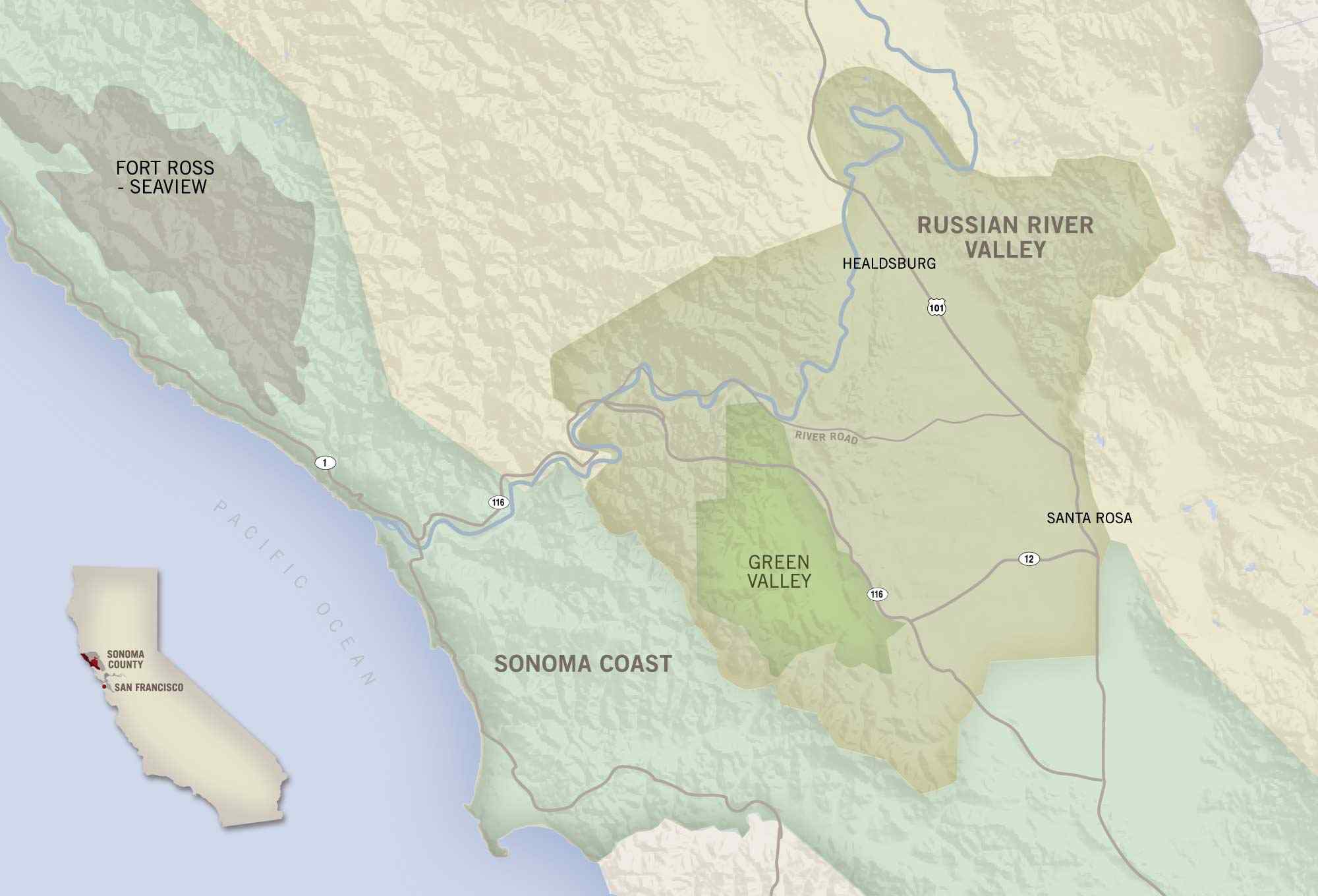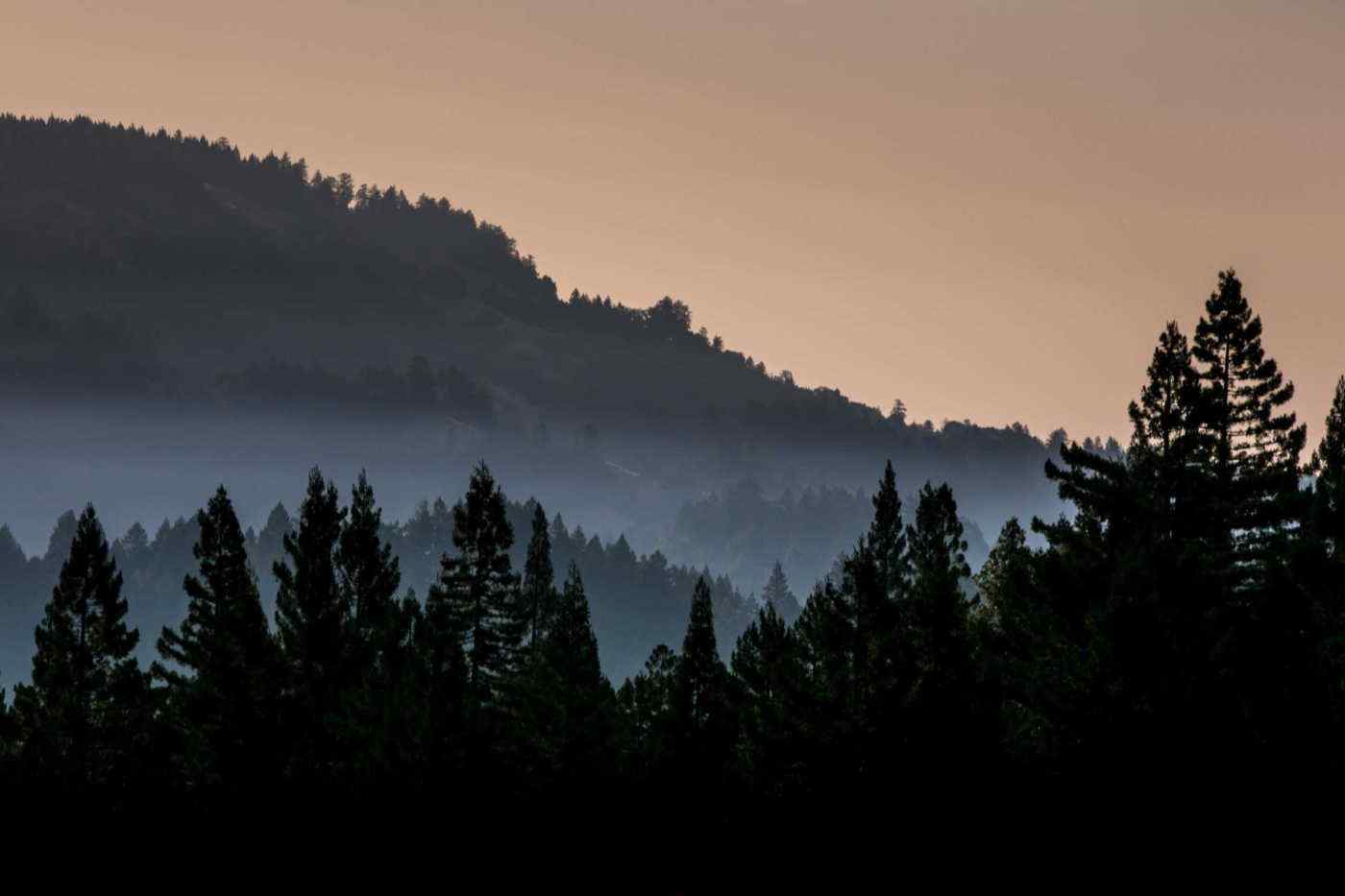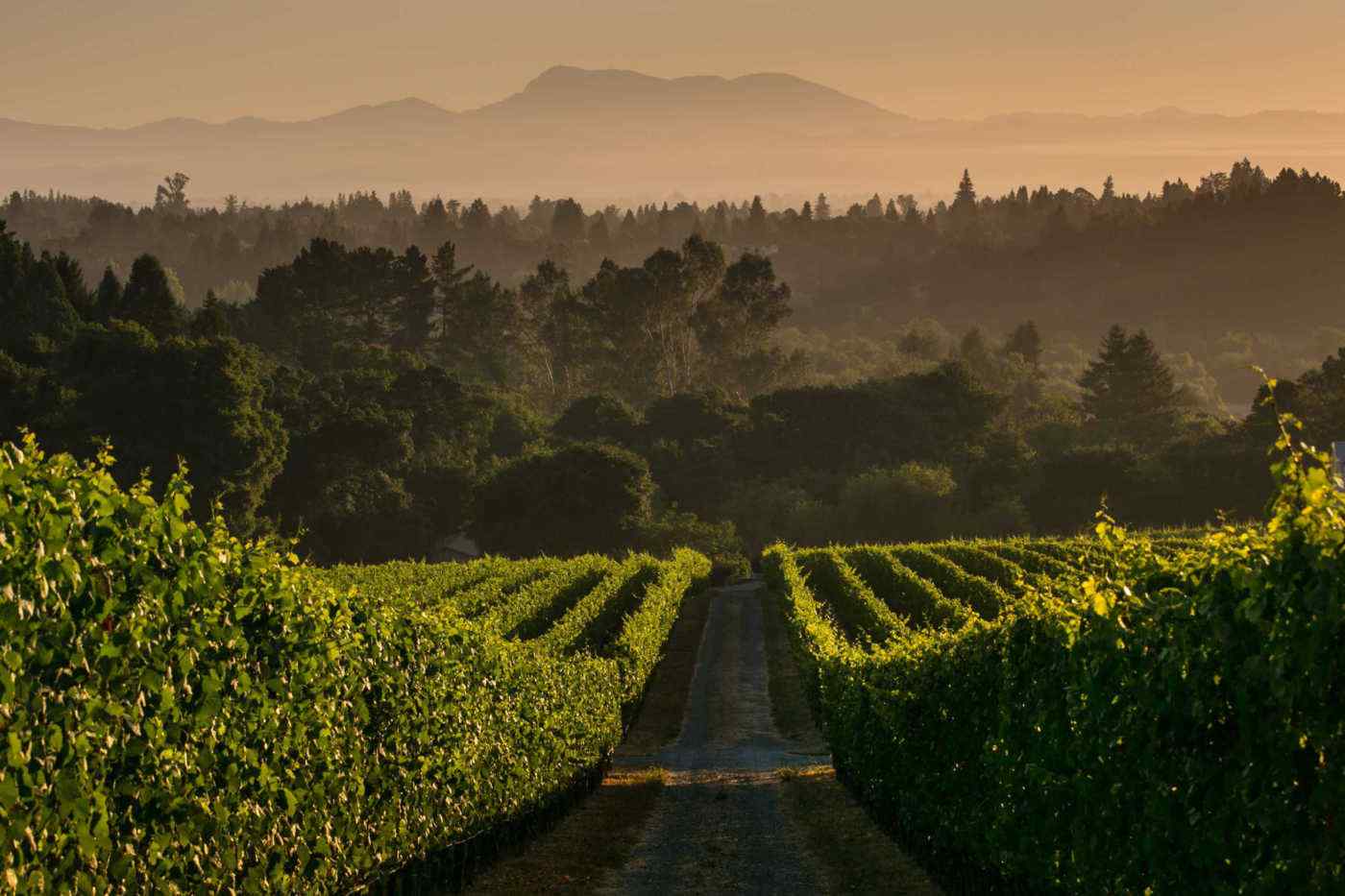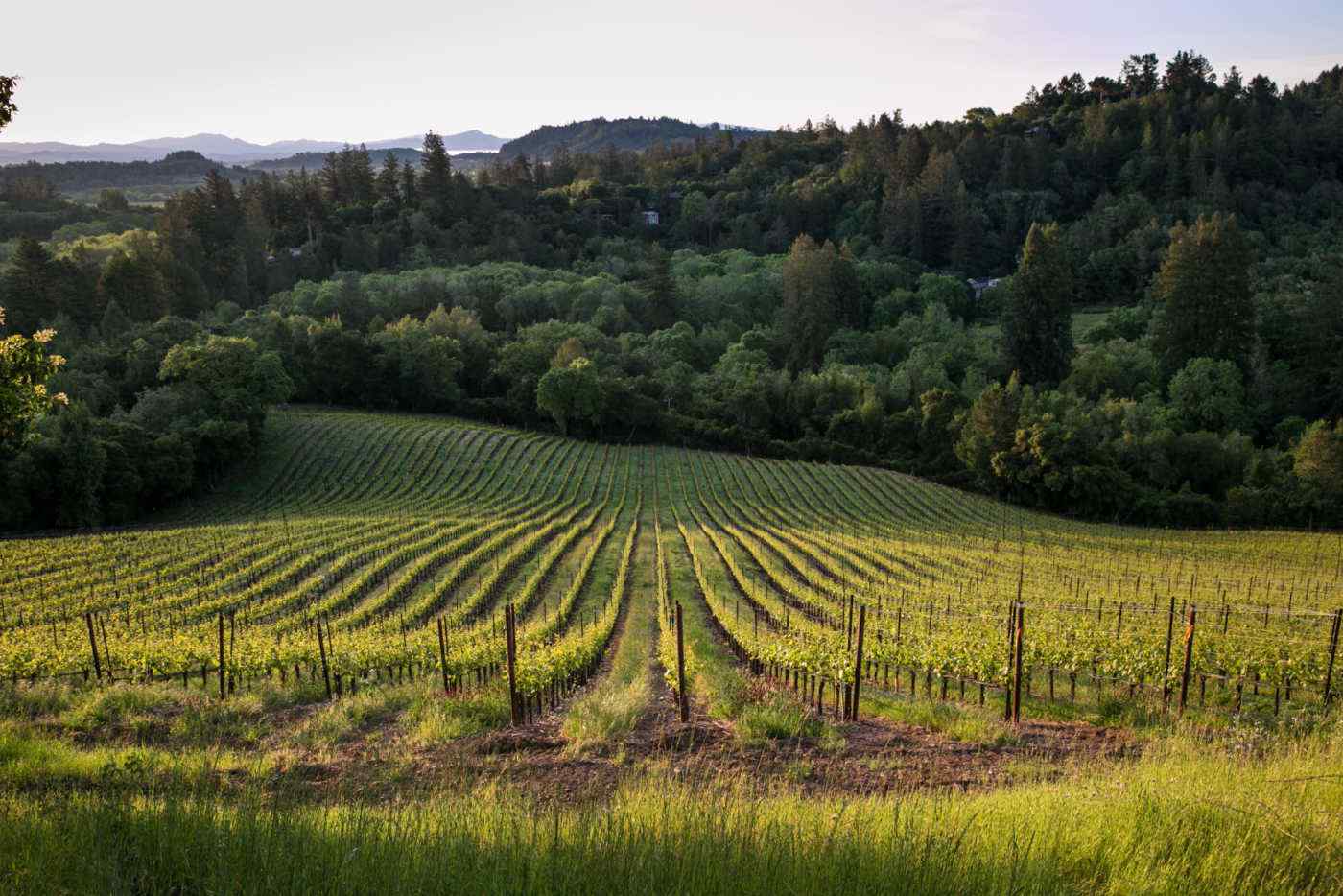Fort Ross-Seaview
Fort Ross-Seaview is one of Sonoma County’s newest and most distinctive American Viticultural Areas. Located in the coastal hills above Fort Ross State Historic Park and overlooking the Pacific Ocean, Ross-Seaview was carved out of the larger Sonoma Coast AVA with special consideration to elevation and other characteristics specific to growing wine grapes in this remote and rugged region.

The Russian influence
As a growing empire with a long Pacific coastline, Russia was in many ways well positioned to play a leading role in the settlement and development of the West. The Russians had begun their expansion into the North American continent in 1741 with a massive scientific expedition to Alaska. Returning with news of abundant sea otters, the explorers inspired Russian investment in the Alaskan fur trade and some permanent settlement. By the early 19th century, the semi-governmental Russian-American Company was actively competing with British and American fur-trading interests as far south as the shores of Spanish-controlled California.
Russia’s Alaskan colonists found it difficult to produce their own food because of the short growing season of the far north. Officials of the Russian-American Company reasoned that a permanent settlement along the more temperate shores of California could serve both as a source of food and a base for exploiting the abundant sea otters in the region. To that end, a large party of Russians and Aleuts sailed for California where they established Fort Ross (short for Russia) on the coast north of San Francisco.
Fort Ross, though, proved unable to fulfill either of its expected functions for very long. By the 1820s, the once plentiful sea otters in the region had been hunted almost to extinction. Likewise, the colonists’ attempts at farming proved disappointing, because the cool foggy summers along the coast made it difficult to grow the desired fruits and grains. Potatoes thrived, but they could be grown just as easily in Alaska.
At the same time, the Russians were increasingly coming into conflict with the Mexicans and the growing numbers of Americans settling in the region. Disappointed with the commercial potential of the Fort Ross settlement and realizing they had no realistic chance of making a political claim for the region, the Russians decided to sell out. After making unsuccessful attempts to interest both the British and Mexicans in the fort, the Russians finally found a buyer in John Sutter. An American emigrant to California, Sutter bought Fort Ross in 1841 with an unsecured note for $30,000 that he never paid. He cannibalized the fort to provide supplies for his colony in the Sacramento Valley where, seven years later, a chance discovery ignited the California Gold Rush.
About the name
As the hyphen implies, Fort Ross-Seaview is named after two regional features. Fort Ross recalls the 1812 Russian-built fort (and the vines established on its site in 1817) and honors the area’s Russian heritage. Seaview refers to the community by that name that sits further inland, high on the steep coastal ridges, and is also a tribute to Seaview Road—one of the greatest scenic routes in California—which runs the length of the AVA and offers spectacular views of the Pacific Coast.
In 2003, after about four years of discussion and research, the petition for the Fort Ross-Seaview AVA was submitted. Previously nine years were spent defining the boundaries, establishing the importance of its elevation, and deciding on a name. (Nothing of lasting character happens quickly.) Finally, in January 2012, the AVA was approved.
Top Grapes
Pinot Noir and Chardonnay are the most popular grapes in Fort-Ross Seaview, although because the appellation is so new, many wines continue to carry the Sonoma Coast designation.
The Lay of the Land
The Fort Ross-Seaview AVA arose from a conundrum: Grapes here are grown in truly coastal conditions, yet the Sonoma Coast AVA was drawn to include parts of vastly disparate AVAs including Cabernet country like Chalk Hill. Many of the vineyards in the AVA lie at a mountain elevation of over 1,000 feet above sea level.
To understand Fort Ross-Seaview, picture a vineyard on the crown of a coastal ridge, surrounded by a sea of fog. Although the AVA is located just a few miles from cold Pacific Ocean waters, between Jenner and The Sea Ranch, it is also significantly defined by its higher elevation. In the summer, vineyards bask in warm sunlight indeed, while many are above the damp belt of fog that invades the Petaluma Gap and Russian River Valley. Fort Ross-Seaview is an essentially chilly climate on the edge of grape-growing possibility, yet, at times, may receive more sunlight than areas like Green Valley of the Russian River Valley, which is defined by immersion in fog.


